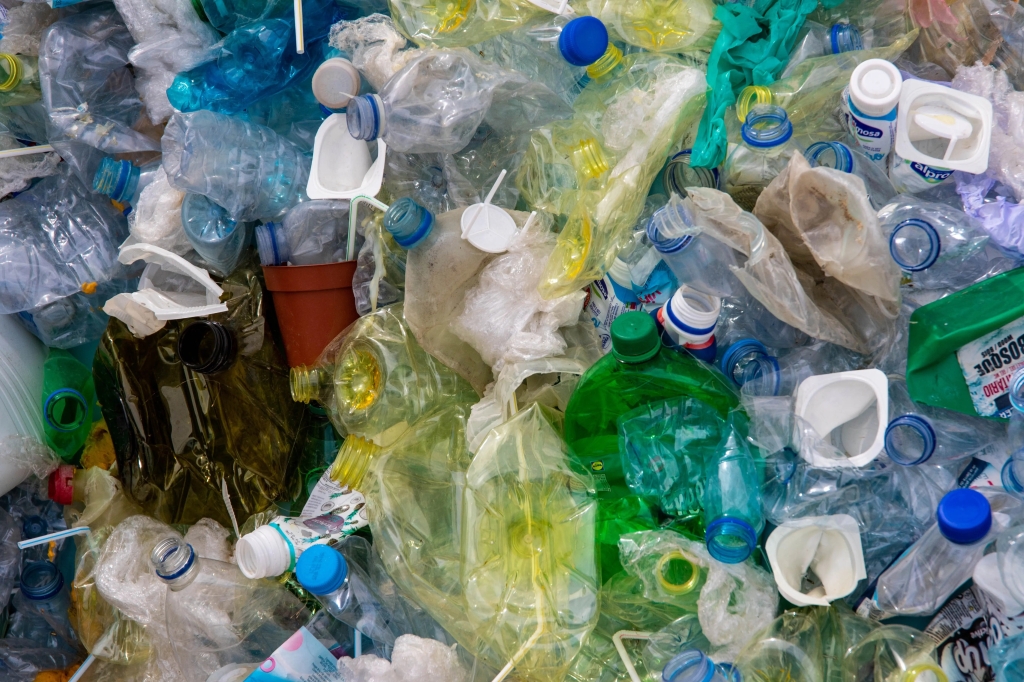Date of Publication: June 15, 2023
One-Line Summary: Extreme floods move tons of plastic waste, but not into the Ocean.
Who did it: A group of researchers working for the Ministry of Water Management in the Netherlands.
What did they study: They monitored sites along a ~150 mile stretch of the Meuse River (in the Netherlands) that empties into the North Sea, during and after an extreme flooding* period in July, 2021. During the flooding, they measured the number of plastic items carried by the river; after the flooding, they measured the density of plastic items on the riverbank.
What they found: During the worst of the flooding they saw more than ~1,000 plastic items go by every hour near the mouth* of the river. However, 150 miles upstream of the mouth, they saw ~10,000 plastic items go by each hour, implying that the river must be depositing ~90% of the plastic on land, somewhere along the way. Indeed, their survey of the riverbanks after the flood revealed a density of more than 10,000 plastic items per acre at the most upstream sites. Nearer to the mouth, they found much less plastic on the riverbanks, often only 10% of the density they’d found higher up. This means that a huge amount of plastic was moved by the flood — it just didn’t come close to making it into the ocean.
Why does this matter: Contrary to what many people think, most of the plastic waste we create does not end up in the ocean, but accumulates on land. The major (non-anthropogenic*) way that plastic waste moves around on land is by transport in rivers. If we want to know where plastic waste is likely to accumulate within natural environments or urban centers, we need to follow the rivers, and observe patterns of flooding.
What next: If we know when, during a cycle of flooding, most plastic is on the move, we also know when to intervene and remove plastics from the river most efficiently.
Our take: Continued global and climate change will likely increase both the production of plastic waste and the frequency of extreme flooding events. If we want to reduce plastic waste in order to reduce the source of the microplastics in our air, water and food, cleaning up rivers will be job #1.
*The basics: An extreme flood is defined as a flood so large that it hasn’t happened in at least 100 years, sometimes called a 100-year event (this term will have to change eventually, because what were first recognized as 100 year events have become frequent during the twenty-first century). The mouth of the river is the place where the river meets the ocean. If something is anthropogenic, it means it’s a result of human activity, i.e., “man-made” is the older term for this.
Who to talk to: Tim van Emmerik, Hydrology and Quantitative Water Management Group, Wageningen University, Wageningen, the Netherlands. e-mail: tim.vanemmerik@wur.nl
The paper: van Emmerik, T.H.M., Frings, R.M., Schreyers, L.J. et al. River plastic transport and deposition amplified by extreme flood. Nat Water 1, 514–522 (2023). https://doi.org/10.1038/s44221-023-00092-7
Journal page: https://www.nature.com/articles/s41467-023-36527-8
Keywords: rivers, hydrology, micro plastics, plastics, Europe, climate change, recycling, pollution, flooding, extreme climate events

